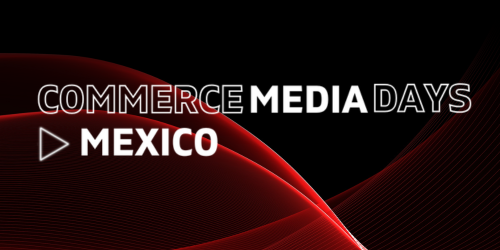Brazil has announced the development of TV 3.0, based on the American ATSC 3.0 standard, allowing broadcast TV to merge with the digital world. Although this combination brings many promises, there are doubts about the possibilities. It will not arrive until 2026 and will have to compete with other ecosystems that are already underway: smart TV and OTT integrators. In addition, TV 3.0 has not taken off in the United States, its country of origin. In Brazil, however, they seem ready to make it work. The new generation has the support of the Brazilian state and Globo, the country's main broadcaster, a partnership that has successfully implemented DTT in the past. The main incentive is the massiveness of FTA in the country: 50 million households have it as their main access option. FTA is a relevant market in Brazil TV 3.0 is a radical change for FTA TV, the most widespread TV option in the country, as it adds the capacity of interactivity through its own wireless channel. TV 3.0 will turn traditional TV channels into apps, allowing for the aggregation of more content from different sources to provide an on-demand, segmented and personalized experience. Beyond the associated improvements in picture and sound quality, it promises an ecosystem that provides a deep understanding of the viewer that will underpin advertising revenues. It is clear that TV 3.0 will compete with other existing universes: the multichannel platforms of smart TV manufacturers (60 million devices in service), OTT aggregators in Pay TV (2.3 million OTT pay TV subscribers in Q224), and possible partnerships between OTTs. The difference is that this new space will be controlled by FTA operators. Trials of TV 3.0 in Brazil are expected to start in 2025, with commercial development starting in 2026 and 2027. Strong network development will be required, which the government says will be supported by a dedicated credit line. Although this business area seems to be arriving a bit late, it is being promoted by Globo, which claims to have adapted its structure in recent years for the arrival of this event. TV 3.0 is already available in the United States, covering 75% of the population. There it is called NexGen TV and is not considered a success. After six years of development, there is only a vague awareness of the technology. Since it is not a decisive factor in the purchase of sets, there is a low rate of TV sets in service: 10 million installed in 2023. In addition, LG has decided to take them off its production line as of 2024. In this impoverished ecosystem, there were very few clear cases of monetization. Currently, the technology is in the trial phase in...










